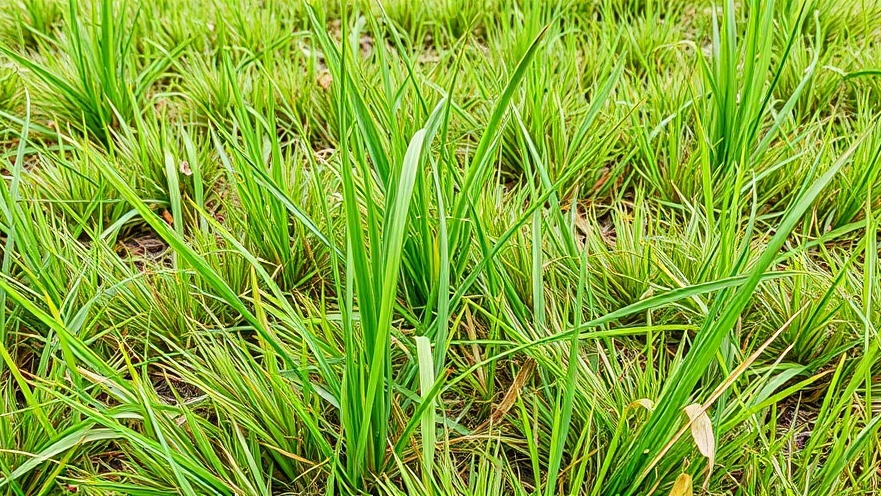
Why Your Grass May Be Dying Despite Watering
In Maryland, lush green lawns are often a point of pride. However, many homeowners find themselves perplexed when their grass appears unhealthy, even after rigorous watering. The initial assumption might be that insufficient hydration is the culprit. Yet there are several potential factors that could be contributing to this problem.
The Role of Soil Quality
One of the primary factors impacting lawn health is soil quality. Soil composition plays a crucial role in a lawn's ability to absorb nutrients and water. Clay-heavy soils may not drain well, leading to a lack of aeration and waterlogged roots, while sandy soils can dry out too quickly, leaving grass thirsty even after watering.
Testing your soil's pH and nutrient levels can reveal deficiencies or imbalances. Maryland's soil may vary from one area to another, making localized testing essential for accurate solutions.
Understanding Grass Types
Not all grass types are created equal. Maryland is home to several grass varieties, including cool-season and warm-season types. Understanding which grass type you have and its specific watering needs can make a substantial difference in lawn health. For example, while tall fescue prefers moderate amounts of water, Kentucky bluegrass thrives best with more consistent moisture.
Referencing resources such as local agricultural extension offices can provide insights into the best grass types for your region and their care requirements.
Effective Watering Techniques
Watering seems like a straightforward task, but incorrect methods can lead to unhealthy grass. Over-watering can suffocate roots, while under-watering can cause them to dry out. Aiming for deep, infrequent watering encourages root systems to grow deeper into the soil.
The best practice is to water early in the morning or late in the evening. This timing reduces evaporation and allows grass to absorb moisture before the heat of the day ensures it benefits from every drop.
Pest Control and Lawn Diseases
Sometimes healthy watering practices aren't enough; pests and diseases can still affect lawn health. Insects like grubs can damage grass roots, leading to brown patches. Similarly, diseases such as brown patch and dollar spot thrive in humid conditions often found in Maryland's summer months.
Regular monitoring for pests and symptoms of diseases can help guide homeowners in taking timely preventive measures, including fungicides or pesticides, if necessary.
Importance of Fertilization
Fertilizing your lawn properly can provide the nutrients essential for vibrant growth. A balanced fertilizer can rejuvenate grass that is struggling—especially if soil testing indicates nutritional deficiencies.
Timing is critical, too; fall is typically the best time to fertilize cool-season grasses, while spring feeding can help those that grow in the warmer months.
Create a Healthy Lawn Ecosystem
Lastly, understanding how to maintain a healthy lawn ecosystem is vital. Beneficial insects can help reduce pests, and proper lawn practices such as aeration can improve soil quality. Incorporating these techniques will create a resilient lawn that thrives under Maryland's climatic conditions.
Conclusion: Take Action for a Thriving Lawn
While it can be frustrating to see your lawn suffer despite your care, understanding the myriad factors at play can empower you to make informed decisions. By assessing soil quality, understanding watering techniques, providing necessary nutrients, and dealing with pests and diseases proactively, you can foster a vigorous green space. Don't hesitate to seek advice from local gardening experts or extension services—they are wonderful resources for Maryland homeowners. After all, a healthy lawn not only enhances curb appeal but can contribute positively to your overall wellness and enjoyment of your outdoor space.
 Add Row
Add Row 
 Add Element
Add Element 


Write A Comment